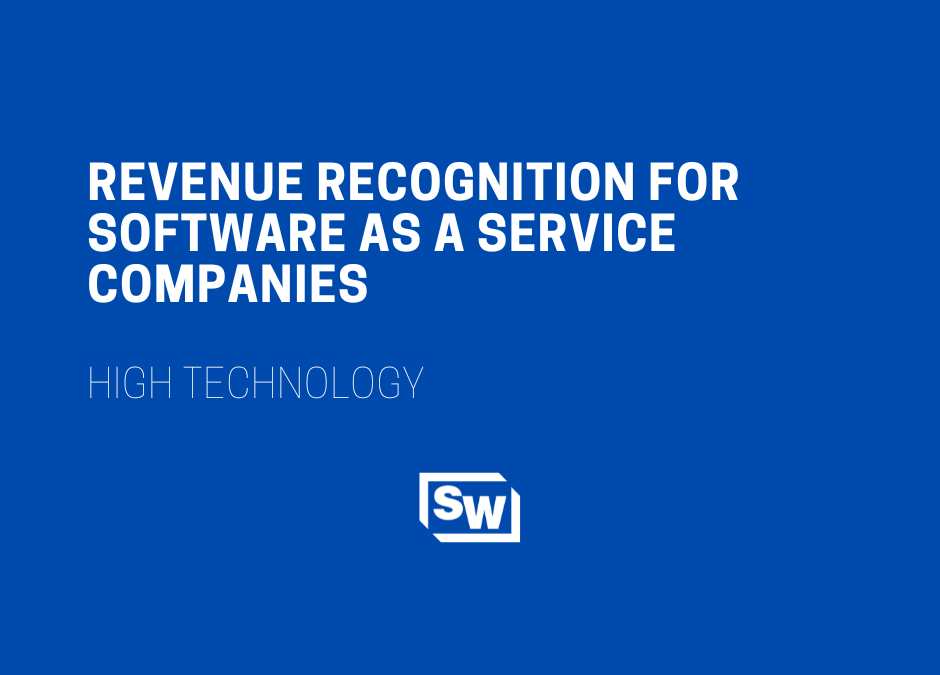The revenue recognition standard, ASC 606, applies to all industries; however, there are certain unique items to consider when accounting for software and software-as-a-service (SaaS) contracts under these rules.
Two important terms to understand before determining the accounting for such transactions are “software licensing arrangements” and “SaaS arrangements.” A software license is transferred to the customer in a software licensing arrangement. In a SaaS arrangement, a license is not transferred, but instead, the customer has access to the software via a hosted platform or cloud computing. This distinction is important as the revenue recognition guidance differs in each case. In the software licensing arrangement, the licensing implementation guidance applies, while SaaS arrangements fall under the scope of service obligations, and revenue is recognized ratably over a period of time. Some arrangements can include both components, and the guidance will need to be considered separately for each. Contracts must be combined if they meet certain criteria, which can also impact the particular guidance used in recognizing revenue.
Once a contract has been categorized, the distinct goods or services, or performance obligations, need to be determined. These could include the software license and/or the SaaS themselves, along with other items including, but not limited to, professional services, customer support, upgrades, or other technical support. Professional services can include training, installation, and consulting on implementation, design, development, and customization. Companies providing these services will find that these almost always fall under the over time revenue recognition criteria. If customers have purchased customer support services, upgrades can come anytime. This generally means that there is a stand-alone obligation, and these would therefore be recognized over the contract term unless the timing of such upgrades is on a scheduled or regular basis, and then the revenue is recognized at these points in time.
The transaction price for the contract is allocated to these distinct items based on the stand-alone selling price of each performance obligation. Consideration needs to be given to goods or services provided at a discount or for free. If they constitute separate performance obligations, they must be included in the contract price allocation process.
SAAS providers often include usage-based pricing for their software services. There is specific guidance for sales or usage-based fees applicable in exchange for a software license. However, this guidance does not apply to SaaS arrangements. The general variable consideration guidance applies in this case, and it may require the SaaS provider to estimate expected usage-based fees to recognize revenue correctly.
Before the ASC 606 guidance became effective, the costs to obtain a customer contract were immediately deductible. Under the new standard, these costs must be capitalized and amortized over the contract term, including specifically anticipated renewal periods. The costs do not need to be capitalized if the expected amortization period is 12 months or less.
Revenue recognition is a challenging task, even without the added complexities of software and SaaS contracts. It is crucial to carefully consider the above details to allow you to plan and position your company for better growth and stronger returns.
If you have any questions, please reach out to your personal Sciarabba Walker contact or email us at info@swcllp.com.

